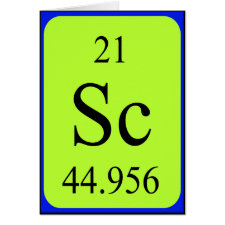
Authors: Shiju NR, Guliants VV
Article Title: Recent developments in catalysis using nanostructured materials.
Publication date: 2009
Journal: Applied Catalysis A: General
Volume: 356
Issue: (1)
Page numbers: 1-17.
DOI: 10.1016/j.apcata.2008.11.034
Alternative URL: http://www.sciencedirect.com/science/article/B6TF5-4V4VY4T-1/2/1369dd23e2cdf33341248cf8cd891943
Abstract: This review describes recent developments of size-, shape-, structure- and composition-dependent behavior of catalyst nanoparticles employed in alkylation, dehydrogenation, hydrogenation, and selective oxidation reactions for the conversion of hydrocarbons (with main emphasis on fossil resources) to chemicals. Innovation in these areas is largely driven by novel synthesis of (nano)porous and nanostructured catalytic materials. In case of alkylation, several new classes of porous materials have recently emerged as catalysts while the discovery of novel ultralarge-pore frameworks with desirable acidity remains largely a serendipitous process. Noble metal nanoparticles such as Pt, Pd, Rh, Au and their alloys with other metals have been extensively employed to catalyze a wide range of dehydrogenation, hydrogenation, and selective oxidation reactions of organic molecules. Novel approaches are still required to synthesize and characterize stable gold and other metal nanoparticles with tightly controlled sizes to further advance the knowledge of their unique size-dependent catalytic behavior. The bulk mixed metal oxides of vanadium, molybdenum, and other transition metals, such as the M1 phase for propane ammoxidation to acrylonitrile, have shown great promise as highly active and selective oxidation catalysts. However, fundamental understanding of surface molecular structure-reactivity relationships of these systems remains highly limited. Future advances in all these areas may be possible through combined experimental and theoretical approaches
Template and target information: Review - nanostructured catalysts
Author keywords: heterogeneous catalysis, nanostructured materials, Alkylation, Dehydrogenation, hydrogenation, selective oxidation



Join the Society for Molecular Imprinting

New items RSS feed
Sign-up for e-mail updates:
Choose between receiving an occasional newsletter or more frequent e-mail alerts.
Click here to go to the sign-up page.
Is your name elemental or peptidic? Enter your name and find out by clicking either of the buttons below!
Other products you may like:
 MIPdatabase
MIPdatabase









